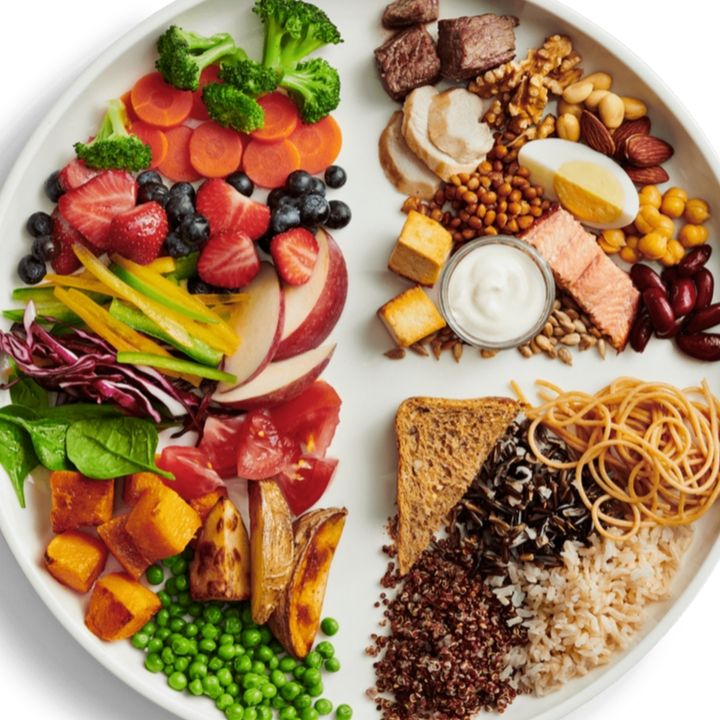Can the New Food Guide Dish up Good Agri-food Policy?
February 1, 2019 | Marie Versteeg

The release of Canada’s Food Guide on January 22 was, predictably, followed by hot debate. The Food Guide has a long history of being contentious, and although government asserts that the newest version is based on science, which some debate, critics seem more concerned about its wider societal implications.
The 2007 version was criticized as being heavily influenced by the agriculture industry. In answer to this perception, Health Canada did not invite the industry to the policy table for the 2019 guide’s development. Last week, several commodities announced they were pleased to see their products included on the Eat Well Plate image that replaced the old Food Group Rainbow. Still, several expressed concerns that consumers might be led to believe that they should replace too much of the animal products in their menu with plant-based alternatives.
It will be difficult to tell for certain how much influence the Food Guide will have on that end, but we’ve known for some time now that Canadians are embracing alternative proteins. According to a 2018 food trends report from the University of Guelph, over 40 per cent of Canadians said they planned to include more plant-based proteins in their diets—higher than the global average.
It’s possible that, rather than influencing future consumption habits, the Food Guide is simply reflecting actual trends. Fortunately, modern agricultural production has demonstrated that it always adapts to market trends.
Unfortunately, the Food Guide is seen by some as elitist. As health reporter André Picard says, “The symbolic fruity/nutty/grainy plate is actually out of reach for many who struggle with poverty, food insecurity and health illiteracy.” Certainly, the new Food Guide serves to highlight the fact that, for many, healthy eating is a luxury. We need to remember that the role of the Food Guide is to recommend what is best for health, not what is best for health given the limits of most people’s budgets. If budgets are barriers to enabling Canadians to eat well, then we need to re-think social policy in order to address food insecurity.
As we await the future Food Policy for Canada, we can hope that this Food Guide will trigger policy makers to think about how to support the agri-food sector as it responds to market changes. It will be important for government to provide the structures that will both make nutritious food accessible for all Canadians and smooth the ripple effects for agriculture. The change on the plate may very well drive a structural change in rural Canada that needs attention.
Agrifood policy at all levels of government should promote food security by both protecting the limited Canadian farmland that can produce these foods and by supporting research into sustainable farming practices that will improve the quantity and quality of crops.
Concern for our environment is interwoven throughout the Food Guide’s recommendations. If government proposes that Canadians consider the environment when making decisions about what food to eat, then what will be the coordinating proposal to protect the Canadian farmland that can sustainably provide it?
The CFFO Commentary represents the opinions of the writer and does not necessarily represent CFFO policy. The CFFO Commentary is heard weekly on CFCO Chatham, CKXFM Chatham, and CKNX Wingham. It is also archived on the CFFO website, www.christianfarmers.org. CFFO is supported by 4,000 family farmers across Ontario.
 Skip to main content
Skip to main content